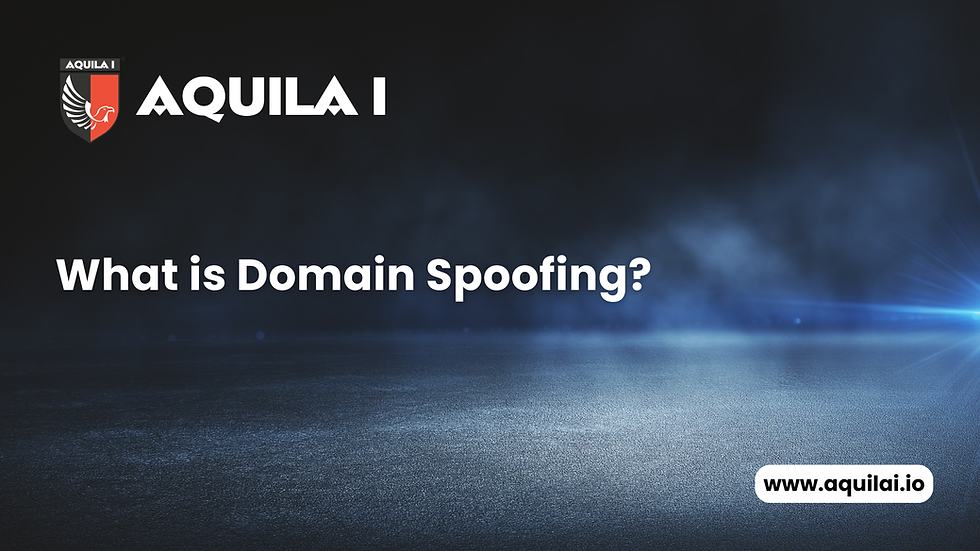Simulating Real-World Adversaries with Continuous Automated Red Teaming
- rutujaz
- Aug 12
- 3 min read
Updated: Aug 13
Cybersecurity defense in 2025 is no longer just about building stronger walls—it’s about thinking like attackers. Major cyber incidents, including large-scale data leaks and targeted payment gateway breaches, have shown that adversaries are becoming increasingly sophisticated, persistent, and adaptive.
While traditional red team assessments simulate some real-world threats, they are often limited by fixed timelines and a narrow scope. Continuous Automated Red Teaming (CART) takes this to the next level—replicating the full spectrum of modern adversary tactics 24/7, combining automation with targeted human oversight.
By leveraging advanced penetration testing frameworks, reconnaissance capabilities, and live threat intelligence, CART continuously evaluates an organization’s defenses against attack vectors ranging from NoSQL injection to SS7 signaling exploitation.
Why Simulating Real-World Adversaries Matters in 2025
The evolving cyber threat landscape has blurred the line between nation-state actors, financially motivated cybercriminals, and hacktivists. CART enables organizations to discover their attack surface, identify exploitable weaknesses, and validate incident response readiness before an actual breach occurs.
Key reasons simulation is critical:
Dynamic Threat Landscape – New vulnerabilities like Lucky 13 or race condition flaws appear regularly.
Expanded Attack Surface – Cloud adoption, remote work, and IoT devices have multiplied potential entry points.
Regulatory Pressure – Industries such as BFSI and healthcare now demand continuous proof of defensive capability.
How CART Simulates Adversaries
1. Reconnaissance Phase
CART begins by mapping the target environment using automated reconnaissance:
Subdomain enumeration for discovering exposed assets
Targeted search queries to identify publicly available sensitive information
Digital shadow monitoring for leaked credentials and data exposure
External Attack Surface Management (EASM) scans to detect unknown internet-facing services
2. Weaponization
Once assets are identified, CART frameworks prepare safe, controlled payloads to simulate real attacker behavior—covering exploits from web application flaws to network protocol weaknesses.
3. Delivery
Simulated attack vectors may include:
Network-based – Testing DNS infrastructure for poisoning risks
Application-based – Exploiting deserialization or injection flaws
Social engineering – Safe phishing campaigns to test human and technical defenses
4. Exploitation
CART attempts safe exploitation using techniques such as:
Remote code execution (RCE) simulation
IDOR and privilege escalation checks
HTTP smuggling and API abuse testing
5. Command & Control Simulation
After simulated compromise, CART emulates persistence tactics and data exfiltration behavior without causing operational harm.
Integration with Threat Intelligence Feeds
One of CART’s biggest strengths is aligning simulations with real-world TTPs (Tactics, Techniques, and Procedures). By consuming:
Dark web intelligence
Recent breach data
Mobile network exploitation patterns
Internal vulnerability scan results
…CART ensures that scenarios reflect active threat campaigns rather than theoretical risks.
Real-World Example – BFSI Sector
A leading private bank integrated Aquila I’s CART solution into its SOC dashboards. Within the first month, simulations uncovered:
An RPC protocol misconfiguration is exploitable for unauthorized access
Network device exposure through unsecured SNMP settings
Credential use tied to leaked data found in dark web monitoring
This led to immediate detection rule updates and faster incident response cycles.
Tools & Techniques Used in CART Simulations
Open-source penetration testing frameworks for scalability
Automated web application scanners for OWASP Top 10 coverage
Reconnaissance tools for digital footprint mapping
Vulnerability validation modules for safe, in-depth exploitation
Continuous vs. One-Time Simulation Benefits
Continuous Feedback Loop – Detection gaps are sent to SIEM/SOAR in real time.
Faster Remediation – Blue teams can patch and validate fixes immediately.
Threat-Driven Prioritization – Scenario focus shifts based on emerging intelligence.
Best Practices for Effective CART Simulations
Map Scenarios to MITRE ATT&CK – Ensures coverage across all adversary tactics.
Blend Automation with Expert Review – Use human-led oversight for complex attack chaining.
Include Internal & External Assets – Cover on-prem, cloud, and hybrid environments.
Integrate with Vulnerability Management – Validate fixes as part of the remediation workflow.
The Future of Adversary Simulation with CART
AI-driven scenario generation based on historical attack patterns
Automated insider threat simulations informed by behavioral analytics
Live global threat feed replication for real-time campaign emulation
Conclusion
Simulating real-world adversaries with Aquila I’s CART shifts cybersecurity from reactive to proactive defense. By combining advanced reconnaissance, automated exploitation, and continuous testing, CART ensures vulnerabilities are detected and addressed before attackers strike.
Whether it’s testing RPC service resilience, uncovering cloud misconfigurations, or exposing injection flaws, CART delivers actionable intelligence that strengthens both technology and team readiness.
Move beyond one-off red team tests. Book a Live CART Simulation Demo with Aquila I and experience continuous adversary emulation tailored to your organization’s threat profile.




Comments